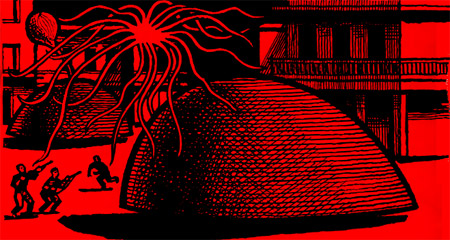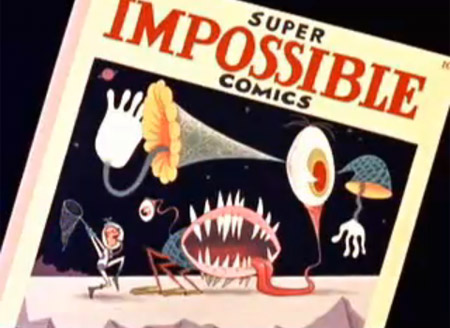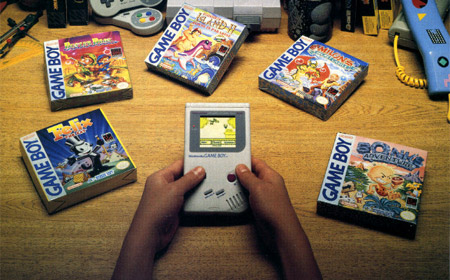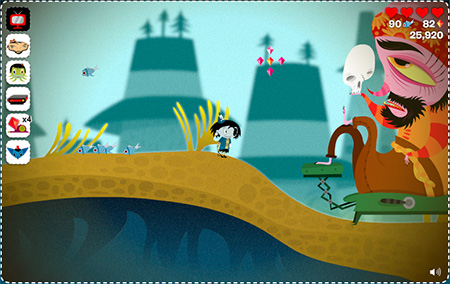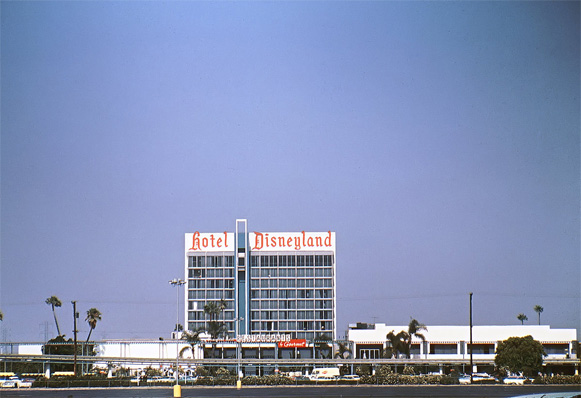A Preview of Pixar’s Partly Cloudy
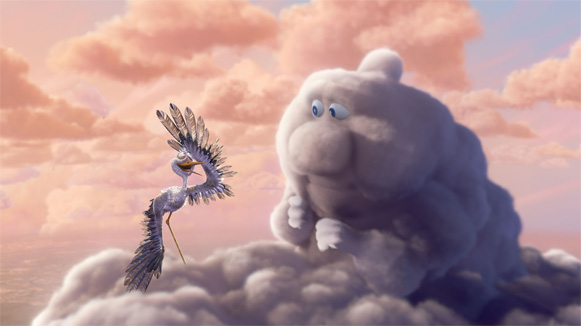
Update 10th June: Here’s the Partly Cloudy short in full.
Absolutely superb! Be quick though, I doubt it’ll be around for long.
Here’s a fleeting 30 seconds from Partly Cloudy, the Pixar short that will accompany their next feature, Up. Directed by Peter Sohn, the voice of Emile in the movie Rataouille, it tells the story of Gus, a lonely grey cloud who makes babies for storks to deliver.
From the Pixar wiki:
Everyone knows that the stork delivers babies, but where do the storks get the babies from? The answer lies up in the stratosphere, where cloud people sculpt babies from clouds and bring them to life. Gus, a lonely and insecure grey cloud, is a master at creating ‘dangerous’ babies. Crocodiles, porcupines, rams and more—Gus’s beloved creations are works of art, but more than a handful for his loyal delivery stork partner, Peck. As Gus’s creations become more and more rambunctious, Peck’s job gets harder and harder. How will Peck manage to handle both his hazardous cargo and his friend’s fiery temperament?
There’s a lengthy interview with Peter about the short at Animation World News.
View a higher quality version of the trailer. Partly Cloudy will debut with Up on May 29th.
(via Cartoon Brew)

